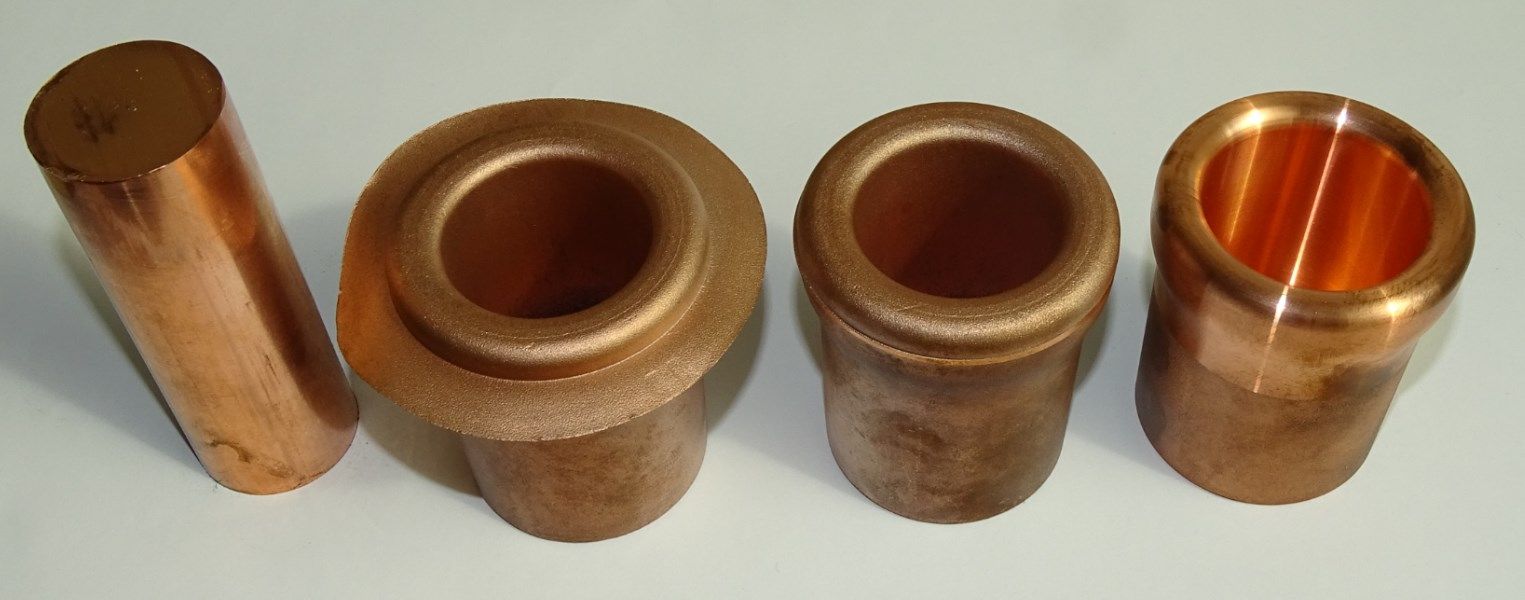Machining
The machining process allows to finish several areas of the casting or forging draft part in order to obtain accurate dimensions, surface finishes and threads. The advantage of starting from a preformed draft part is to limit this machining recovery to important points and to optimize manufacturing costs. Beyond these recovery operations, the gains on the material used may, depending on the shape of the workpiece, be very large compared with machining in the mass.
In addition, some soft materials and sticking to machining such as copper (Cua1) being more difficult to machine, makes the stamping blank very interesting.
 Some foundry techniques allow for greater or lesser accuracy. Thus the sand foundry is less precise than the shell foundry which itself is less precise than the foundry under pressure.
Some foundry techniques allow for greater or lesser accuracy. Thus the sand foundry is less precise than the shell foundry which itself is less precise than the foundry under pressure.
For the production of parts in series, we propose two types of machining :
Conventional digital machining with a succession of turning and milling operations for small and medium runs.
For large series, machining transfert with machines of the same name or several operations are made in a single pass of parts. This type of machining makes it possible not to lose the positioning references of the part for the different operations.

